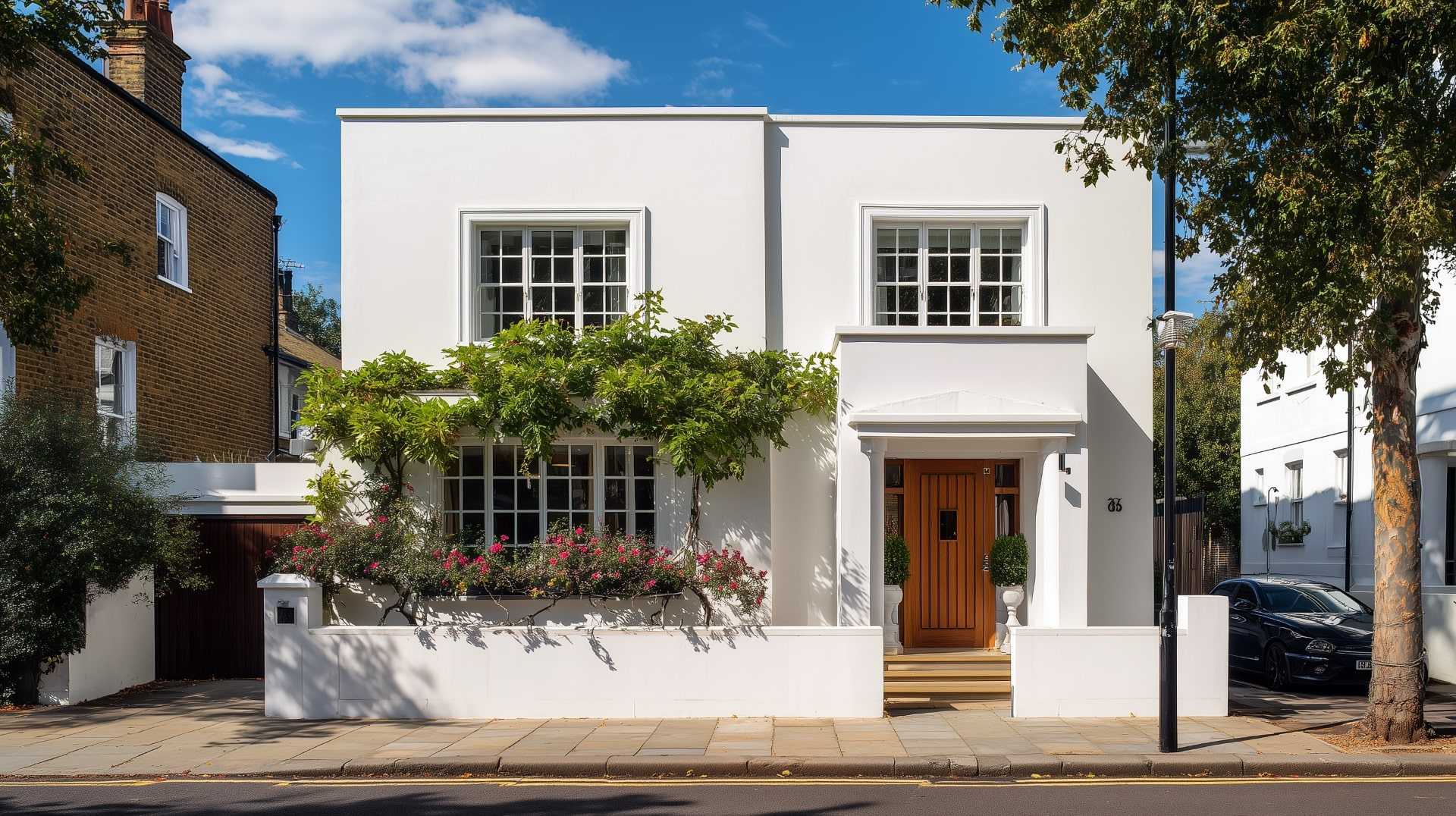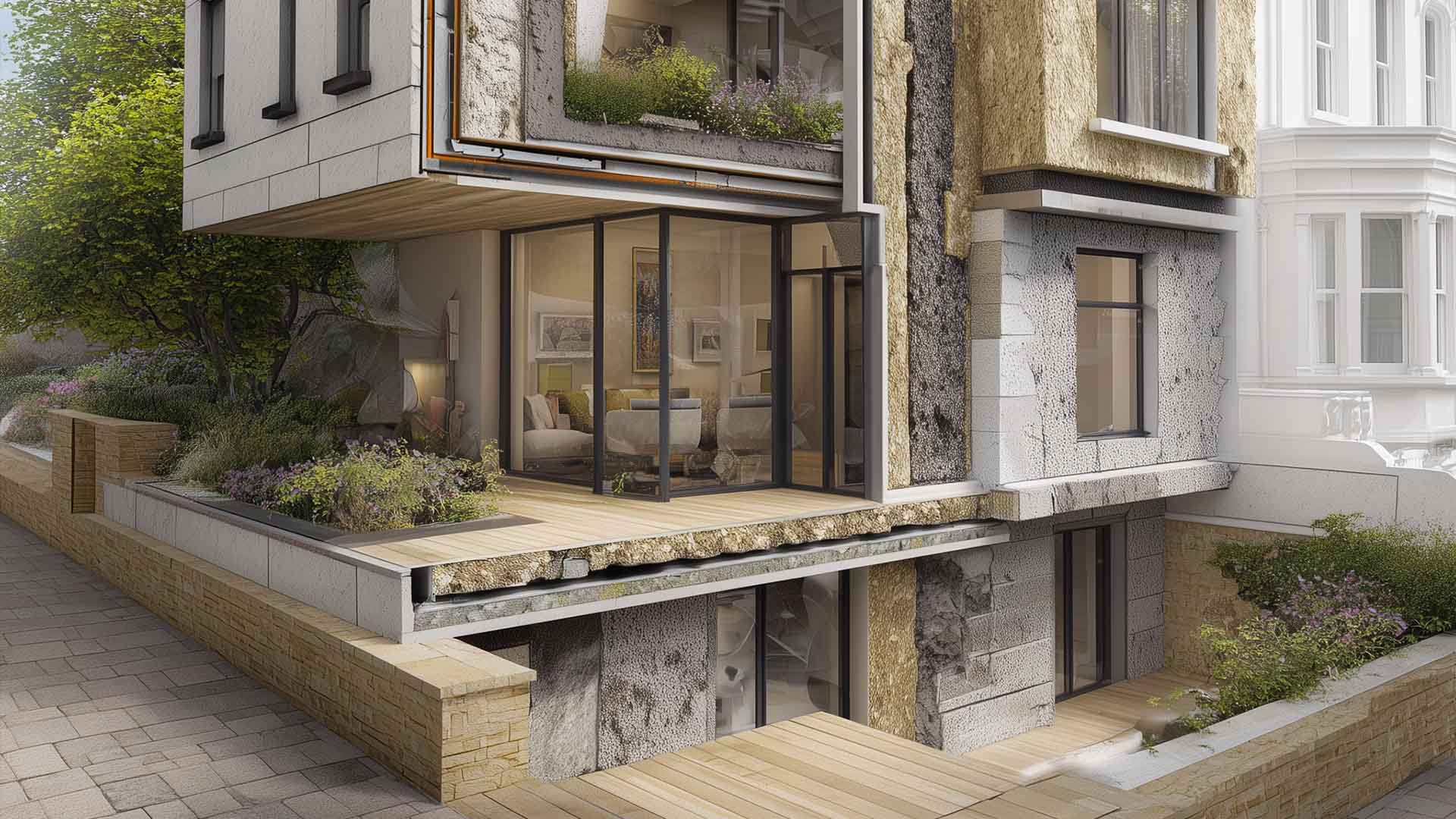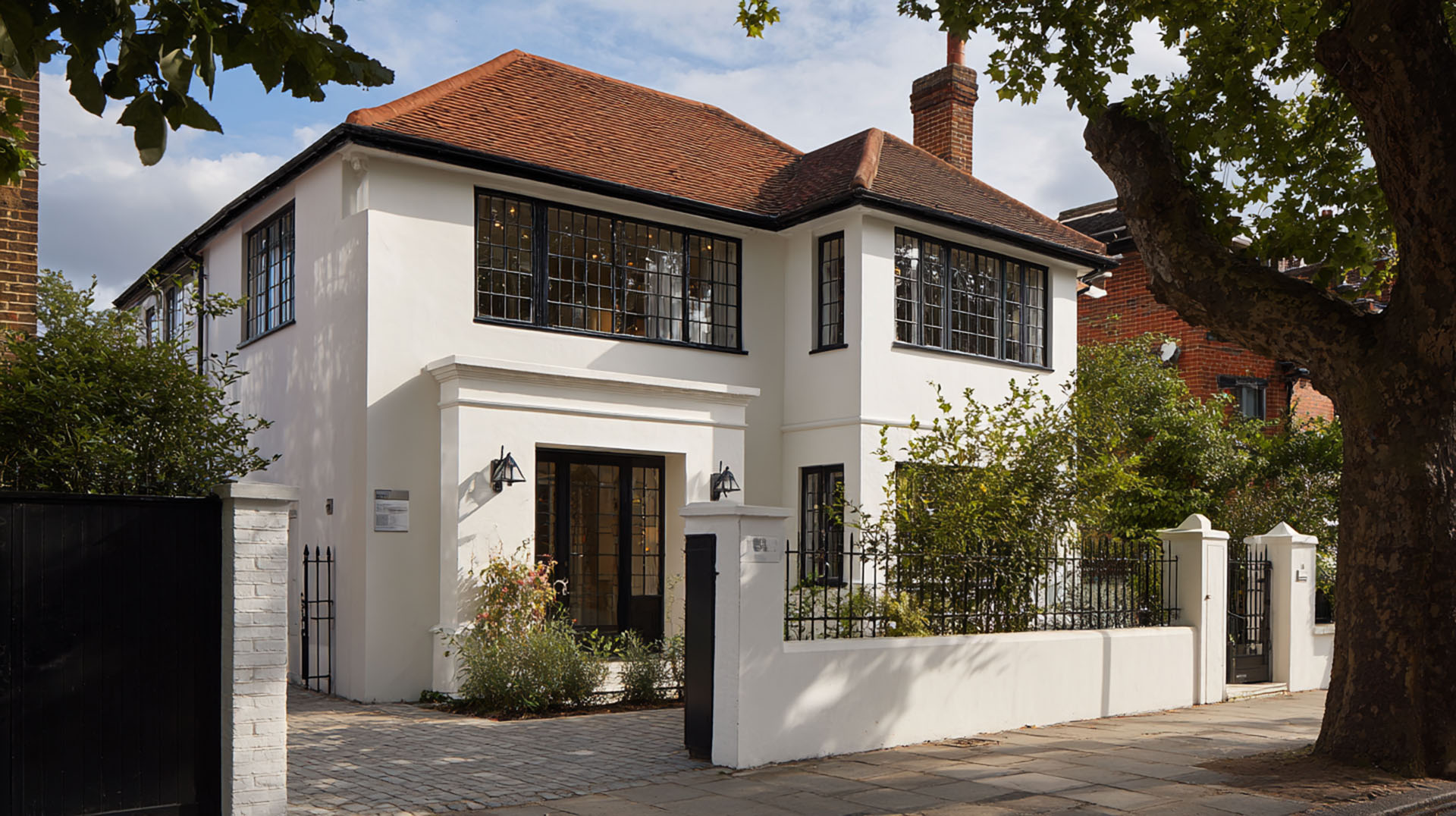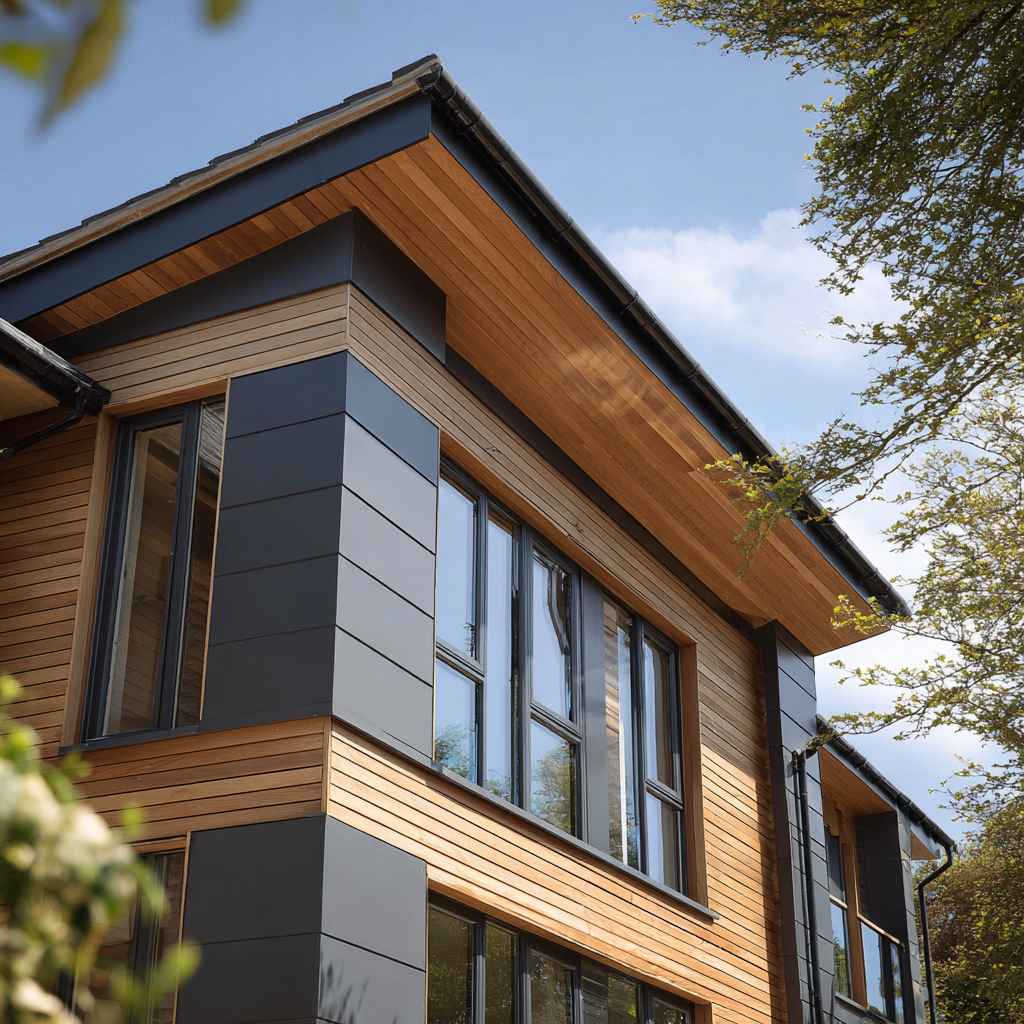Key Take Aways
Mortar mixes are categorised by strength grades: M, S, N, and O — each with different cement–lime–sand ratios for distinct construction applications.
Grade M (1:0½:3) delivers high strength (~12.5 MPa) for structural brickwork and load-bearing walls.
Grade S (1:1:6) is medium-strength (~5 MPa), ideal for exterior use where weather resistance is required.
Grade N (1:1½:8) is standard general-purpose mortar (~4 MPa), suitable for interior walls and non-load-bearing work.
Grade O (1:2:9) is weaker (~2.5 MPa), used for interior, low-strength, non-load-bearing joints.
For rendering, mix variations and additives (e.g. waterproofing agents, bonding enhancers) influence adhesion, flexibility, and resistance to cracking.
Choosing the right mortar typically depends on load requirements, exposure to elements, and substrate compatibility.
Mortar can be regarded as a glue that plugs holes and evens out irregular and uneven wall surfaces, as well as binding bricks and blocks together in the wall construction, and as rendering to obtain a smooth and weatherproof finish.
It allows structural loads to be distributed equally, resulting in a safe, sturdy, and practical structure.
That sounds simple enough, but there’s a lot more than just that.

The various varieties of mortar
CEMENT mortar (cement and sand) and GAUGED mortar (cement, sand, and lime) are the two primary varieties of mortar (although lime is often substituted).
In general, the higher the cement concentration in the mix, the more durable and strong the mortar will be. But, too much cement will cause the mortar to fracture and shrink and lose its capacity to bond with the wall surface.
Remember that when talking about mortar, you must be aware that water is added to the mix, which helps the materials bind together and aids the process of curing once the mortar is spread to the wall.
The type of sand used in the mortar mix is critical, and you must use builder’s sand instead of sharp sand, which is used for concrete, or go for the playpit sand, which is used for the kids’ sand pits!
Introducing lime to the mix keeps the mortar usable (easy to use as well as a spread), and introducing lime or a primary plasticiser makes the mortar mix less likely to break, potentially destroying your job, so it is essential to follow that point while using mortars.
Any plasticiser used should comply with BS4887, so please don’t buy an old can for a tenner at your neighbourhood car boot sale!
TIP: You may well have heard that washing up liquid can be used as a mortar plasticiser. Never ever do that! Small pre-mixed bags of mortar are sold in specific DIY and hardware stores, but they should only be for small jobs like patching a hole or repairing a fence post.
What are the tools required to apply mortar?
- With a shovel (spade)
- Using a trowel (different types as per the task you plan to complete)
- A spot-board (a flat, lipped board used for mixing mortar)
- Buckets
- Brushes and brooms
- Gloves and goggles as safety equipment.
What is the best mortar mix for bricklaying?
There are usually two mixes to consider for mortar repointing, rendering, or repair.
One part cement, five parts sand, and one component plasticiser, for instance, would have been the conventional mix for building garden walls.
Like making a simple mixture in the kitchen, each Element refers to the percentage and portion of each part of the mix.
So, in the example above, we may envision the “recipe” we’re building to be made up of SEVEN elements, and it’s critical to strike the appropriate balance.
Too much water, the mix is too slippery and must be discarded; no, you cannot thicken it up with additional sand or cement (as in a cookery recipe), as if the mix is too thin, it will never return to the proper consistency, so start over!
It’s worth mentioning that this is a bricklaying mixture; how about rendering?
Applying renderer to a wall necessitates a different mix entirely; however, if you want to understand more about rendering, below is a brief on it.
Also read: Problems with rendered houses?
What is the best mortar mix for rendering?
The proportions should be approximately one part cement to 4 parts sand when adding rendering.
This mixture may differ slightly based on the permeability of the wall as well as the type of material used to construct it. Climatic factors could also play a role; for example, rendering dries faster in the summer and needs somewhat more water than when done in the winter.
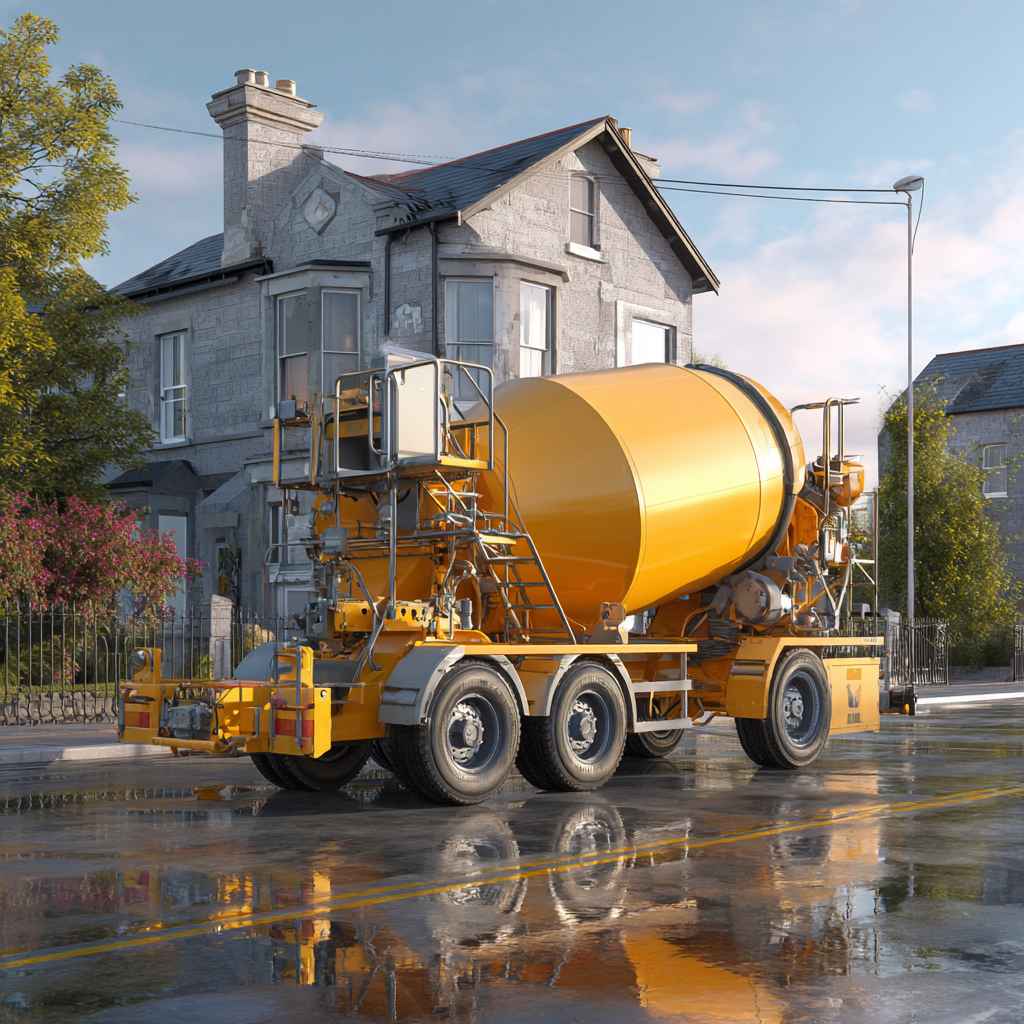
Mortar mixing
How do we go about mixing the two primary sorts of mixtures now that we’ve learned about them?
First and foremost, extreme caution should be exercised.
On exposed skin, cement powder can burn at the skin, and if on the hands and you touch your eyes, it can be excruciating, so be cautious and use the proper tools and safety clothing.
We discussed the various Portions previously, so if you are uncertain and really want it appropriately, evaluate your components, using baking as an example.
Your cake will not rise if you use far too much flour and not enough eggs, which is true when mixing sand or cement.
If in doubt, fill a couple of buckets with water and measure each “part” by hand before pouring it into the mixer or onto your spot boards.
It’s best if the sand that you use is slightly moist.
If you’re using a spot board to mix (which is suggested), pour all of the measured components onto a board and stir with a shovel.
Make a hole at the centre to make it appear like a volcano once it’s all mixed beautifully.
Then, gradually pour water into the centre (not all of it at once) and begin mixing it until it forms a paste. If you’re going to use a cement mixer, be sure you understand how to use it and what to do if something goes wrong (including how to shut it off), and keep children and pets away.
Conclusion
Most people believe that if an old wall was built with lime mortar, only lime mortar should be used to repoint or render it. The wall will crack if you use cement mortar for rendering or repointing. Lime and cement mortar are the two most common mortar forms used in masonry. Before using these mortars, you need to understand its features, strengths, and applications in diverse situations.

